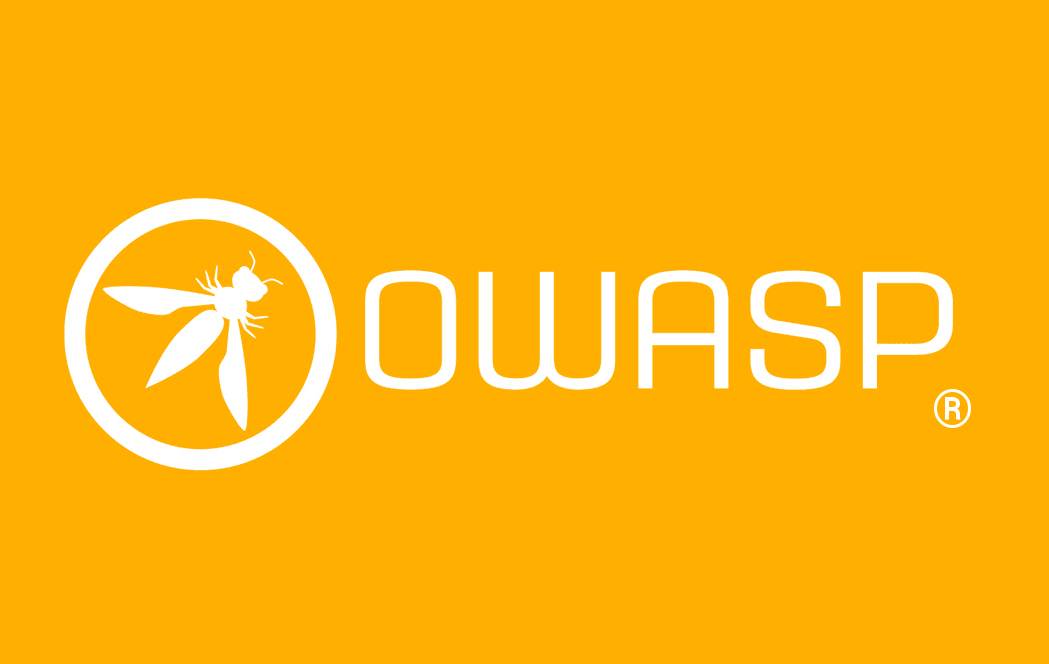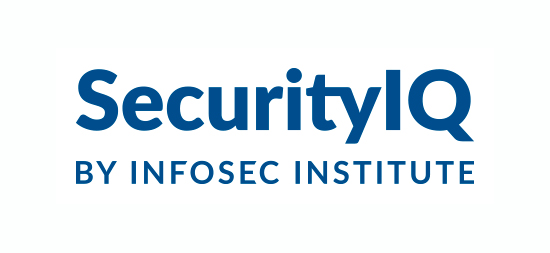
Table of content:
- How does OWASP Compliance Mitigate Risk for Financial Institutions
- OWASP Compliance with SecurityIQ
- OWASP Application Security Verification Standard
- Enforcing OWASP Compliance With Static Analysis
Financial services were revealed to be among the most targeted and susceptible industries in Accenture’s latest Cost of Cyber Crime survey, with breaches tripling in the last five years. The financial services industry faces a slew of cybersecurity issues, one of which is the plethora of applications utilized and produced that contain sensitive transactional data and personally identifiable information (PII). Hackers can exploit flaws in applications that have been poorly developed.
The Top 5 Application Vulnerabilities According to Contrast Labs Study
| Sensitive data exposure | affects 69 percent of applications |
| Cross-site request forgery | affects 55 percent of applications |
| Broken authentication and session management | affects 41 percent of applications |
| Security misconfiguration | affects 37 percent of applications |
| Missing function level access control | affects 33 percent of applications |
According to additional research, 80% of the software applications assessed had at least one vulnerability. Because business disruption and data loss account for 87 percent of cybercrime expenses in financial institutions, while revenue loss accounts for only 13 percent, the long-term consequences of data compromise much outweigh revenue loss. OWASP compliance is the first step in securing your network through good application development.
How does OWASP Compliance Mitigate Risk for Financial Institutions

Web application flaws are frequently the starting point for a successful phishing operation. An application vulnerability is a flaw that may be used to compromise an application by targeting the CIA trinity of confidentiality, integrity, and availability. There are several additional government and appointed council laws for privacy protection due to the sensitive nature of the transactions and data stored by financial service applications. To comply with financial services PCI and PII regulations, common policy practice necessitates awareness training for OWASP’s Top 10 application vulnerabilities.
OWASP aims to improve software security by disseminating unbiased, actionable knowledge on best practices and proactive safeguards. This well-known organization was founded to assist financial institutions and other businesses in meeting their Application Security Verification Standard (ASVS) and Payment Card Industry (PCI) compliance requirements. To safeguard data and maintain the integrity of a software’s base, OWASP proactive application controls educate and emphasize essential components of application security (CIA triad).
Using OWASP top 10 list for your compliance framework:
ASVS: The OWASP initiative checklist aids in the evaluation and testing of your application to ensure that it complies with ISO 27001 standards, enabling for official audits and compliance certification.
PCI: Annual PCI compliance necessitates a review of the top ten OWASP vulnerabilities in order to raise awareness and ensure (validation) that your applications adhere to these secure coding standards.
OWASP Compliance with SecurityIQ

SecurityIQ, a leading security awareness training and phishing simulation tool, makes managing policy and compliance requirements simple. The most recent 2017 risk list is reflected in our OWASP Top 10 resources. These 10 brief and easily consumable interactive training sessions cover your policy requirements while educating on the foundations of secure coding and raising awareness of potential application security risks (security vulnerability/ security flaw).
OWASP Top 10 Training Modules from SecurityIQ:
- Injection: Numerous sorts of injections are described, as well as efficient workplace mitigation methods.
- Broken Authentication & Session Management: Illustrates how it might be used by attackers to impersonate other user identities.
- Sensitive Data Exposure: Highlights how sensitive data, such as financial and personally identifiable information (PII), can be exploited (exposed) to steal or change information and perpetrate fraud.
- External Entities (XXE): Outlines how XXE assaults are carried out and how to protect your application from them.
- Broken Access Control: Describes how a flaw in access control can be used to get access to other user accounts, read sensitive files, modify user data, and change access restrictions.
- Security Misconfiguration: Explains how to build secure settings for all program components and the risks of unsecured defaults and obsolete software.
- Cross-Site Scripting (XSS): Describes three types of XSS attacks and suggests ways to avoid them.
- Insecure Deserialization: Covers serialization best practices, which is the process of converting data objects into binary streams of data.
- Components with Known Vulnerabilities: Discusses the use of components with known vulnerabilities that could compromise application security/secure applications (appsec) and open the door to various attackers.
- Insufficient Logging & Monitoring: Addresses the dangers of insufficient monitoring
OWASP Application Security Verification Standard
What is the ASVS?
The OWASP Application Security Verification Standard (ASVS) Project provides a framework for verifying technical security controls in online applications, as well as a list of requirements for secure development.
The OWASP Application Security Verification Standard (ASVS) Project’s main goal is to standardize the breadth of coverage and rigor accessible in the market when it comes to performing critical Web application security verification with a commercially viable open standard. The compliance standard establishes a framework for evaluating application technical security measures, as well as any other technical security controls in the environment, that are used to protect against vulnerabilities like Cross-Site Scripting (XSS) and SQL injection attacks. This security standard can be used to achieve a level of trust in Web security. The specifications were created with the following security goals in mind:
- Use as a metric: Provide a yardstick for application developers and owners to use in determining the trust level that may be placed in their Web apps.
- Use as guidance: Provide direction to security control developers on what should be included in security controls to meet application security needs.
- Use during procurement: Provide a foundation for contracting application security verification criteria.
What Is OWASP Top 10?
The OWASP is an open-source community of security experts from around the world who have pooled their knowledge of common vulnerabilities, threat modeling, attacks, and countermeasures to create the OWASP Top 10 – a list of the ten most dangerous current web application security flaws, as well as effective ways to address them. OWASP compliance is a good first step toward changing your organization’s software development culture to one that creates secure code (non-malicious code). In today’s oversaturated market, developing robust, secure products is the greatest method to secure a place.
Enforcing OWASP Compliance With Static Analysis

More support for the Open Web Application Security Project (OWASP) is provided by several data source code analysis tools, assisting software teams in achieving DevSecOps by enforcing security from the very beginning of development.
As shown to the right, Parasoft’s security application provides unique real-time feedback that gives users a continuous view of compliance with OWASP by providing interactive compliance source that includes dashboards, widgets, and reports that have the OWASP risk assessment framework executed right within the dashboard itself, which takes exploitability, prevalence in the field, likelihood that someone finds it (detectability), and what happens when it fails (immediacy) into account.
OWASP Compliance Committee
Receiving and investigating complaints is the responsibility of the OWASP Compliance Committee. Send an email to [email protected] to contact the Compliance Committee.
Complaint Process
Below is the process for filing a complaint:
- Send an email to [email protected] to file a complaint.
- We note your complaint and offer suggestions for the next actions (typically a call).
- We write down your complaint in a document for you to review (call or over email).
- Any witnesses are interviewed.
- We conduct an interview with the party who is the subject of the complaint.
- We compile our final report, which includes our findings and suggestions, and give it to the Board of Directors for consideration.
- On our end, the case is closed once it is handed up to the Board of Directors. The Board must decide whether to act on our proposals or one of their own.
Relevant Information on OWASP Compliance
- OWASP is a non-profit organization dedicated to enhancing software security (security testing).
- ASVS requirement lists are accessible in CSV, JSON, and other forms, which can be used for programmatic or reference purposes.
- An OWASP penetration test has a number of critical advantages for businesses, especially those that develop web applications in-house or employ third-party specialist programs.
- The most common source of untrusted data (untrusted sources) is data from HTTP requests, such as URL parameters, form fields, headers, or cookies.
- The primary cause of sensitive data leakage is cryptographic failure. Securing your data from cryptographic failures has become more crucial than ever, according to the Open Web Application Security Project (OWASP).
- The Server-Side Includes attack permits remote execution of arbitrary code or injection of scripts into HTML pages to exploit an online application.
- The OWASP API Top 10 lists the dangers that come with developing APIs.
- An XML External Entity attack is a sort of attack that targets a program that parses XML data.
- Integrating the Top 10 into its software development lifecycle (SDLC) displays a broad commitment to secure development best practices.
- Server-Side Request Forgery is defined as a reasonably low incidence rate with above-average testing coverage and above-average Exploit and Impact potential ratings.









